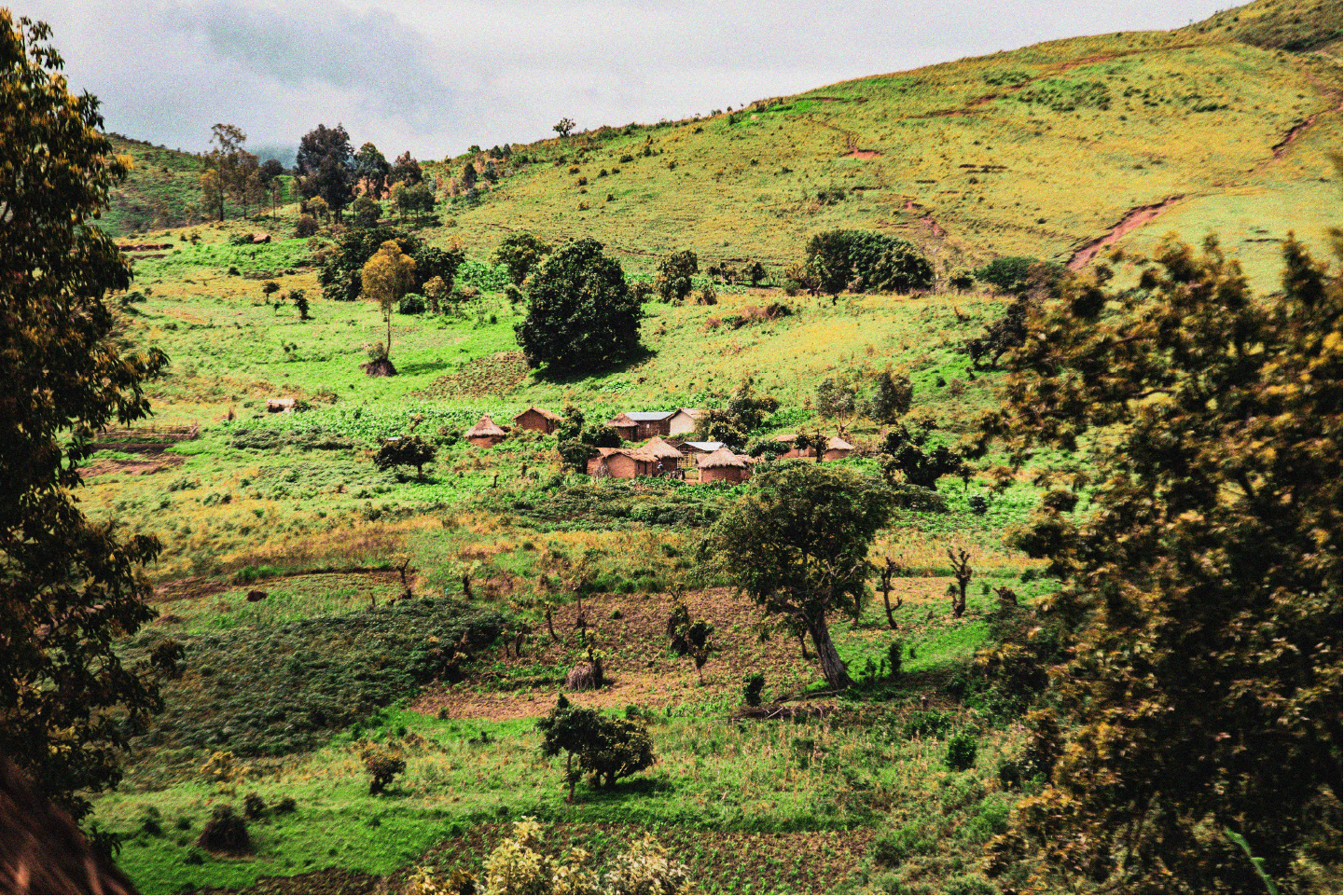Monitoring, Evaluation, and Learning
To our knowledge, there is no existing publicly available guide or toolkit that specifically provides guidance on a monitoring, evaluation, and learning (MEL) approach and indicators for tracking climate impacts and climate resilience for SRHR. However, there are many resources and literature available about the climate-health and the climate-gender intersections more broadly. We have distilled some key relevant points and recommendations from that literature that we see as relevant as a starting point for SRHR interventions
What you’ll find inside:
Assessing an intervention or portfolio’s success in improving SRHR outcomes amid increasing climate stresses requires a modified approach compared to conventional health systems monitoring, evaluation, and learning (MEL). We outline a few ways that you may need to think differently about your M&E approach.
In this guide, we offer practical tips for practitioners, researchers and policymakers to develop robust MEL systems that can account for the complex and evolving impacts of climate change on SRHR outcomes. In doing so, we seek to enhance the effectiveness of SRHR programs in climate-affected regions, ensuring that interventions are responsive to both environmental shifts and the unique needs of vulnerable populations.
Part 02 How to identify and select climate-SRHR MEL indicators
When thinking about climate-health interactions (including SRHR), there are three main elements to track:
Vulnerability, risk, and exposure for both communities and health systems
Impacts of climate change on community health and on health systems
Adaptation and resilience in communities and health systems, across scales from local to national
We offer illustrative metrics, examples, and MEL resources to reference in developing your plan.
PDF Tips for Developing an Integrated Monitoring, Learning, and Evaluation Approach for Climate-Resilient SRHR


